1. Refined Neural Network Architectures
Advanced neural network designs—such as Vision Transformers (ViT) and EfficientNet variants—are being tailored for deepfake detection. These models incorporate attention mechanisms and large parameter counts to learn subtle pixel-level inconsistencies. Some systems combine multiple subnetworks, each focusing on a different facial region (eyes, nose, or full face), and fuse their outputs to improve robustness. By learning fine-grained features, these refined architectures can detect anomalies like unnatural skin texture or lighting artifacts that older CNNs miss. Overall, they deliver higher accuracy and generalize better to new deepfake techniques than simpler models. In practice, they also tend to require more computational resources but offer a strong performance boost in benchmark tests.
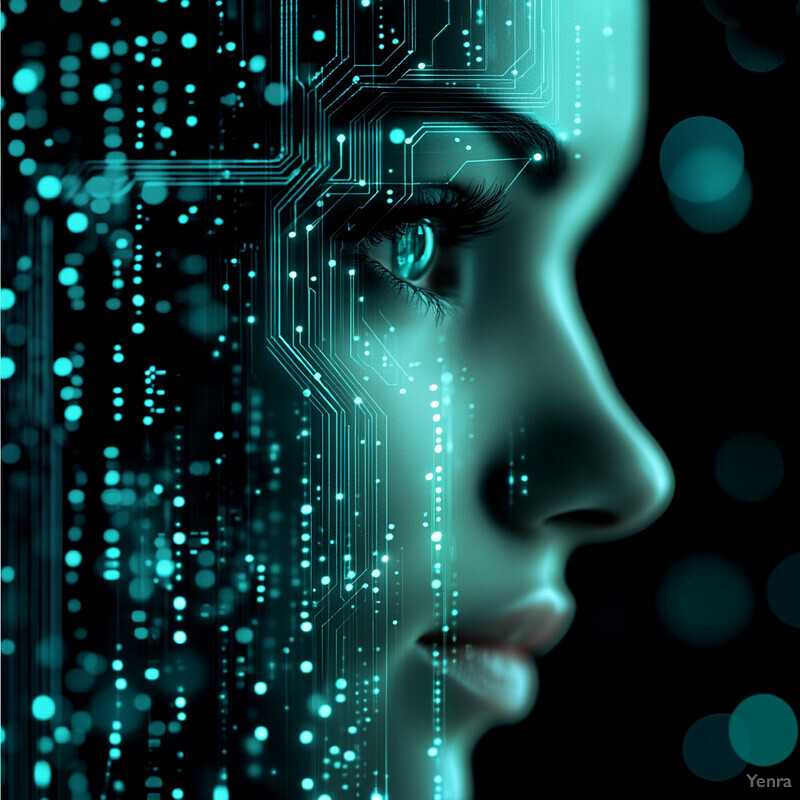
Empirical studies confirm the effectiveness of these refined networks. For example, one study combining a CNN and a Vision Transformer reported 97% detection accuracy on the FaceForensics++ dataset (versus 85% for the ViT alone). Similarly, Yasser et al. (2023) showed that EfficientNet-B4 and XceptionNet models could effectively distinguish real from fake videos in FF++ and Celeb-DF(v2) datasets. A survey of ViT-based detectors found at least 14 ViT variants applied to deepfakes, noting that Vision Transformers often outperform traditional CNNs in both generality and efficiency. More recently, Nguyen et al. (2024) introduced “FakeFormer,” a ViT with local attention, which outperformed previous CNN and ViT detectors on multiple benchmarks. These results indicate that specialized architectures significantly improve detection accuracy and robustness.
2. Multimodal Analysis
Multimodal detection systems analyze more than just video frames; they fuse information from audio, visual cues, and sometimes metadata. For example, they might compare lip movements to speech audio to spot synchronization errors, or assess whether a speaker’s voice matches the portrayed identity. These systems often use separate neural branches for video and audio, then combine their embeddings to make a joint decision. By examining cross-modal consistency (e.g. whether facial expressions match voice tone), they can catch forgeries that slip past unimodal detectors. This approach tends to reduce false negatives, because it leverages independent clues from different channels. In practice, it requires carefully aligned datasets and can be more complex, but it significantly enhances robustness in real-world scenarios.

Research shows that integrating multiple modalities improves detection. Muppalla et al. (2023) proposed a joint audio-visual model that classifies deepfakes by combining separate audio and video labels, and reported improved detection under both intra- and cross-domain testing conditions. In a large in-the-wild benchmark containing synchronized video and audio, state-of-the-art single-modal detectors’ performance dropped dramatically: the open-source video detector’s AUC fell by about 50% on new combined data, underscoring the importance of multimodal methods. For very short clips, Moufidi et al. (2024) demonstrated that a late-fusion network correlating lip movements with audio outperformed standard methods for clips of 0.2–1 second. These studies suggest that audio-visual cross-checking can significantly boost detection accuracy, especially in realistic, noisy datasets.
3. Temporal Consistency Checks
Temporal consistency methods exploit the fact that video deepfakes often exhibit frame-to-frame anomalies. For instance, deepfake faces may blink unnaturally, shift slightly between frames, or display inconsistent lighting changes. Models can use recurrent networks or temporal convolutions to examine sequences of frames rather than individual images. By modeling how facial features evolve over time, these systems detect irregular patterns like jerky motion or missing micro-expressions that static methods miss. This temporal focus is particularly useful for video content, enabling the detector to flag a fake even if each frame individually looks plausible. In summary, checking for smoothness and coherence across frames makes detectors more robust to video-specific forgeries.

Studies confirm the benefit of temporal analysis. Ciamarra (2024) introduced a method that computes “surface frames” representing environmental surfaces in consecutive video frames, then used an LSTM to detect anomalies. They reported an average detection accuracy around 90% across various deepfake test sets. Liu et al. (2023) proposed the TI2Net model, which uses an RNN to capture “identity inconsistency” over time; they demonstrated improved cross-dataset generalization and robustness by focusing on how a subject’s embedding should evolve, showing significant gains in generalization. These results indicate that temporal features (e.g. flicker, motion distortions, expression timing) provide strong signals for deepfake detection that complement spatial cues.
4. Generative Adversarial Network (GAN) Countermeasures
GAN countermeasures involve strategies to anticipate and neutralize the unique artifacts introduced by GAN-based forgeries. Approaches include adversarial training (where the detector is exposed to intentionally perturbed GAN outputs), embedding digital watermarks that survive generation, or designing detectors that specifically target known GAN fingerprint patterns. These methods aim to make detectors resistant even to the latest GAN models by effectively “playing catch-up” with generative techniques. For example, some systems train using adversarial examples crafted by GANs to improve robustness. In practice, this cat-and-mouse game can involve periodically updating the detector with new synthetic examples or deploying defenses (like pixel-level consistency checks) that directly target GAN weaknesses.
-countermeasures-1.jpg)
Research shows that adapting training to counter GAN-based attacks can improve resilience. Coccomini et al. (2024) examined how a common post-processing step (GAN-based super-resolution) can hide deepfake artifacts from detectors. They found that adding multi-resolution supervision and augmented training examples can mitigate this attack, improving detector robustness under these GAN perturbations. Other recent work has similarly advocated for adaptive adversarial training. For instance, adversarial feature similarity learning (AFSL) was shown to yield significantly better robustness than standard adversarial training on multiple deepfake datasets, indicating that specialized training objectives can counter GAN-based manipulations. These findings suggest that explicitly modeling GAN attack modes in training is an effective countermeasure.
5. Explainable AI (XAI) Techniques
Explainable AI methods are being applied to deepfake detection to make models’ decisions transparent and trustworthy. These methods generate visual or textual explanations (e.g. heatmaps) showing which image regions or features influenced the detector’s verdict. Popular XAI tools include saliency mapping, LIME, and network dissection. By highlighting areas like facial edges or texture irregularities, XAI helps human analysts understand and verify why a video is flagged as fake. This not only builds trust in the system but can also reveal new artifacts that humans or data scientists might not have known to look for. In practice, explainability is especially valuable in forensic settings, where interpretable evidence is needed alongside an automated decision.
-techniques-0.jpg)
Empirical work demonstrates the impact of XAI in deepfake detection. Mansoor and Iliev (2023) used a network dissection approach on VGG-16, ResNet-50, and InceptionV3 detectors. They produced saliency maps that highlight facial regions (e.g. eyes, cheeks) most responsible for classification, thus providing evidence-based explanations and improving stakeholder trust in the results. Gowrisankar and Thing (2024) evaluated five explanation methods on a face-swapping detector and found that LIME produced the most robust explanations: perturbing the pixels LIME identified as important was most effective at changing the model’s decision. These studies indicate that XAI tools can meaningfully interpret deepfake detectors by pinpointing critical visual cues, which aids debugging and forensic review.
6. Transfer Learning and Pretrained Models
Transfer learning accelerates deepfake detection by fine-tuning models pretrained on large datasets. Instead of training from scratch, detectors start from, say, an ImageNet-pretrained CNN and then adapt to deepfake classification. This generally preserves high accuracy while dramatically reducing training time and data requirements. Often, a two-stage or teacher–student scheme is used: a large “teacher” model generates pseudo-labels or embeddings, which a smaller “student” model then learns from. Such approaches can yield compact, efficient detectors that leverage rich features from the pretrained model. Empirically, transfer learning has become standard practice when labeled deepfake data is limited.

Studies consistently show that leveraging pretrained networks retains accuracy and improves efficiency. Karathanasis et al. (2024) compared transfer learning versus training from scratch for deepfake image detection. They found that fine-tuning pretrained CNNs saved training time and hardware costs with little to no loss in accuracy. In fact, their results indicated that using a pretrained backbone maintained near-baseline performance even when using different synthetic data generators. This confirms that general visual features learned from large datasets can be effectively reused for detecting manipulated media. Other works similarly use pretrained models as feature extractors, demonstrating that transfer learning is a reliable strategy for rapid development of deepfake detectors.
7. Self-supervised Learning Approaches
Self-supervised learning (SSL) methods train detectors using unlabeled data by defining surrogate (pretext) tasks. In deepfake detection, examples include predicting masked image patches or identifying facial action units. The idea is to learn feature representations that distinguish real and fake content without explicit fake labels. After pretraining on real images (e.g. reconstructing masked faces), the model is fine-tuned on a small set of real/fake examples. This can greatly improve performance when labeled data is scarce or when new deepfake types emerge. In effect, SSL equips the detector with robust features (like reconstructed facial patterns) that generalize better to unseen manipulations.
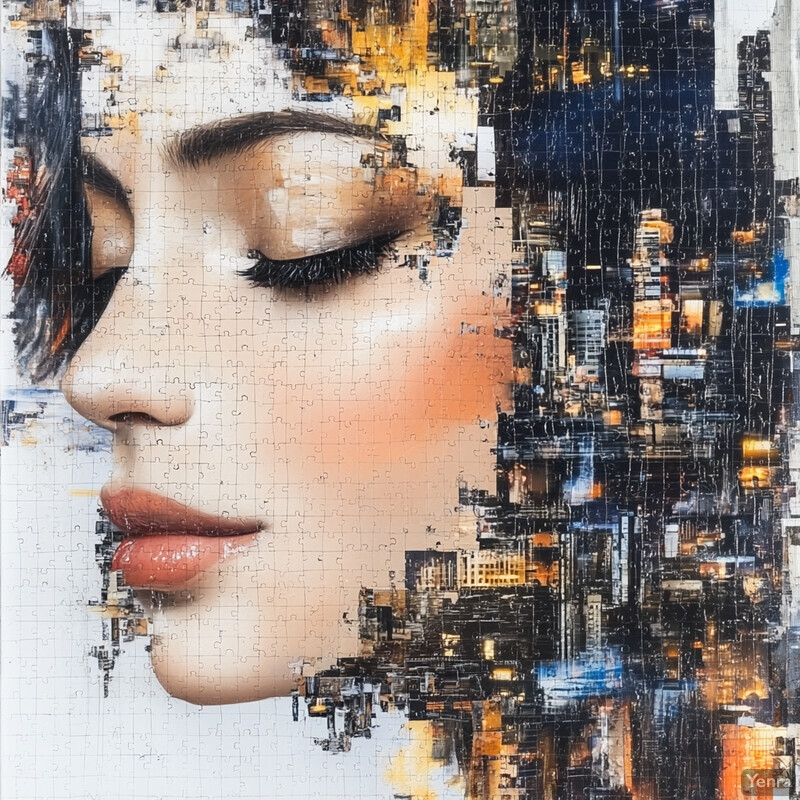
SSL-based detectors have shown strong generalization to novel deepfakes. Sankar et al. (2025) proposed a model that fuses representations from two pretext tasks—randomly masked face reconstruction and facial action-unit recognition. This approach achieved new state-of-the-art accuracy on challenging datasets, improving especially on “localized” forgeries where only part of the face is manipulated. Similarly, Li et al. (2025) introduced a Pixel-level Face Correction (PFC) task: the network is pretrained to correct subtle image pyramids of real faces. They report that this pretraining yields more faithful facial reconstructions and significantly boosts generalization to previously unseen deepfake methods. These results confirm that SSL tasks can endow detectors with invariant features that make them resilient to new types of fake generation.
8. Facial Landmark and Geometry Analysis
Detection systems analyze facial landmarks (eyes, nose, mouth positions) and face geometry to spot unnatural configurations. For example, they may compute distance ratios (e.g. golden ratio of facial features) or check if facial structure matches known anthropometric norms. Graph-based models have been used: one can represent the face as a graph of landmark points and apply graph convolutions or attention. Such methods catch anomalies like distorted face shapes or asymmetries introduced by some deepfakes. They also include techniques like “Face-Cutout,” which occludes random face parts guided by landmarks during training, forcing the model to focus on key geometric features. Overall, landmark-based analysis provides a complementary perspective to pure image-based detection.

Landmark analysis has improved detection in experiments. For instance, Chaudhary and Dhiman (2024) developed a “Face-Cutout” augmentation: they randomly mask out facial regions based on landmarks, compelling the network to learn robust geometric cues. This approach significantly increased generalization across forgery types. More recently, Chaudhury et al. (2024) introduced a geometric descriptor called DBaG, which encodes facial golden ratios along with behavioral (expression) features in a triplet learning model. Their results show that incorporating geometric ratios (e.g. eye-to-mouth distances) with deep features achieved strong accuracy on seen and unseen deepfake datasets. These findings demonstrate that explicit facial geometry features help detectors recognize unnatural face structures.
9. Audio-Visual Cross-Checking
Audio-visual cross-checking ensures that speech audio and video match. Techniques include lip-sync verification (do lip movements align with spoken phonemes?), speaker identification consistency (does the voice match the face?), and text-to-video validation (is the speaking content plausible for the scene?). Models often use cross-attention between audio embeddings and visual embeddings of the mouth region. By spotting mismatches—like a face speaking different words than the audible speech—these systems catch deepfakes that manipulate only one modality. This method is especially effective against face swap videos where the original audio is reused. In summary, enforcing coherence between what you see and hear adds another defense layer.

Recent studies highlight gains from audio-visual consistency. Datta et al. (2025) introduced LIPINC-V2, a vision-temporal transformer that fuses spatial attention on mouth regions with audio, and reported state-of-the-art performance on lip-sync deepfake benchmarks. In an ablation, this model used a dedicated “LipSyncTIMIT” dataset of annotated talking-head videos and significantly improved detection accuracy. Muppalla et al. (2023) also showed that combining audio and visual deepfake labels into a joint classification task yields higher detection rates, especially when the fake affects only one stream. These results indicate that correlating what’s said and what’s seen (e.g. matching voice to lip motion) can effectively expose manipulations.
10. Spatio-Temporal Graph Networks
Spatio-temporal graph networks represent video as a graph to capture complex relations. One approach is to treat each video frame (or each detected face) as a node in a graph and connect nodes temporally or by visual similarity. Alternatively, facial landmarks within a single frame can form a graph whose edges encode facial structure. Graph neural networks (GNNs) or graph attention networks (GATs) then learn patterns of change. This allows the model to detect anomalies in how facial features move or relate over time, beyond what a standard CNN sees. In practice, these networks can integrate both spatial cues (how parts of the face connect) and temporal cues (how those parts move across frames), making them well-suited to capturing the dynamic structure of deepfake videos.
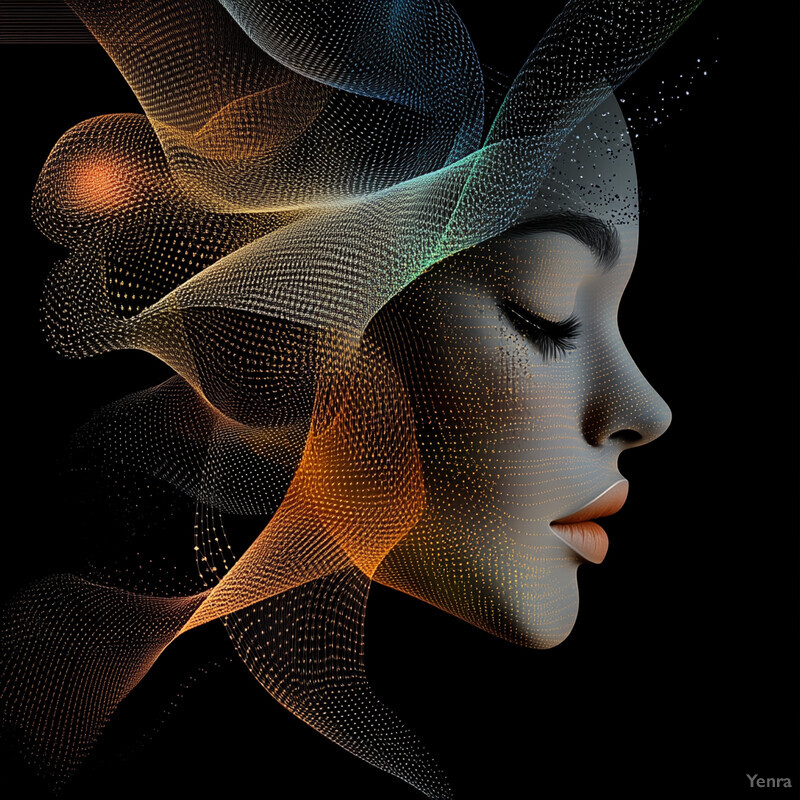
Graph-based models have shown strong results. Yan et al. (2023) proposed a Multimodal Graph Learning (MGL) framework where each video frame is a GNN node embedding both RGB and frequency features, and temporal edges are learned by a frame-level GAT. They report that this spatio-temporal graph approach outperforms previous detectors in generalization and cross-domain tests. In another work, Elgayar et al. (2024) fused a graph convolutional stream with a standard CNN. Their fused model achieved 99.3% accuracy on a benchmark after training, demonstrating that combining geometric graph features with visual features can greatly boost performance. These examples suggest graph networks effectively capture the relational anomalies that characterize many deepfakes.
11. Robustness Against Adversarial Attacks
Detectors are being hardened against adversarial attacks that deliberately fool deepfake detectors. Common defenses include adversarial training (injecting worst-case perturbations into training data) and feature regularization. Some methods aim to make the model’s predictions insensitive to small input changes, e.g. by penalizing large gradients. Other approaches generate adversarial examples during training to teach the detector what to avoid. As a result, robust models maintain high detection accuracy even when deepfakes are intentionally modified to evade recognition. Ensuring robustness is crucial because attackers could tweak fake videos (e.g. adding imperceptible noise or compression artifacts) to slip past naive detectors.
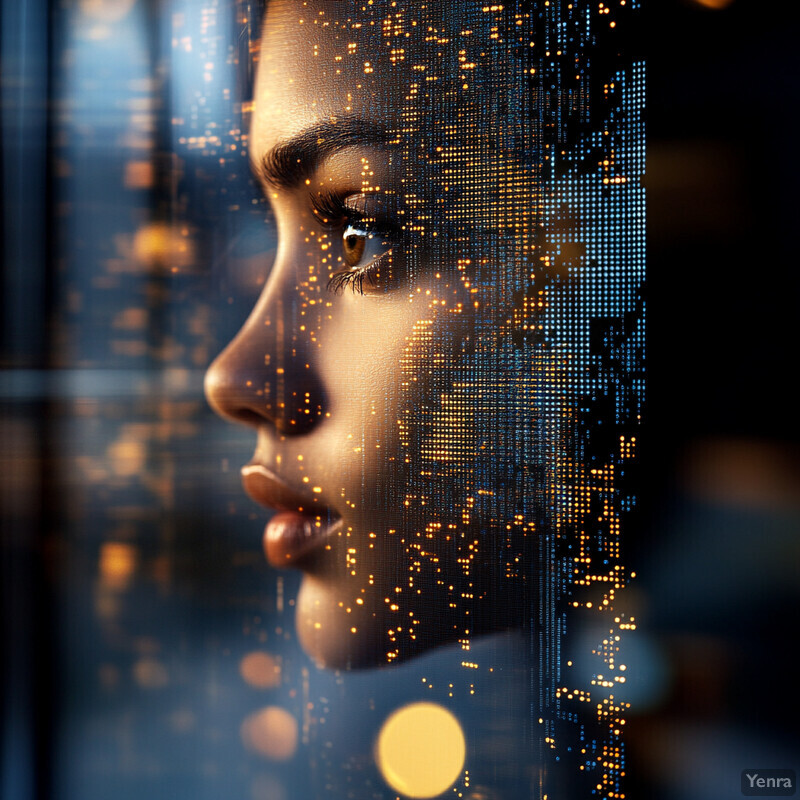
Recent works demonstrate effective adversarial defenses. Khan (2024) proposed an Adversarial Feature Similarity Learning (AFSL) approach, where the network learns to align internal features of clean and perturbed inputs while maximizing class separation. Experiments on multiple deepfake datasets (FaceForensics++, FaceShifter, DeeperForensics) showed that AFSL outperforms standard adversarial-training defenses by a clear margin. Coccomini et al. (2024) also analyzed super-resolution attacks (a form of adversarial manipulation) and found that including multi-scale adversarial examples in training significantly reduces the attack’s success. These results indicate that explicitly accounting for adversarial perturbations during training can greatly improve a detector’s reliability against adaptive attackers.
12. Continuous Model Updating
Continuous updating means retraining or fine-tuning the detector regularly as new deepfakes appear. This addresses “concept drift” where old models become outdated. Approaches include incremental learning and continual learning frameworks that preserve past knowledge while incorporating new examples. For example, one may use rehearsal methods that store a small buffer of old examples to avoid forgetting when learning new ones. By periodically updating the model with fresh real/fake samples (from the latest generators or real-world data), the system can quickly adapt to evolving manipulation techniques. In practice, this also involves monitoring performance and automatically triggering retraining when accuracy degrades.
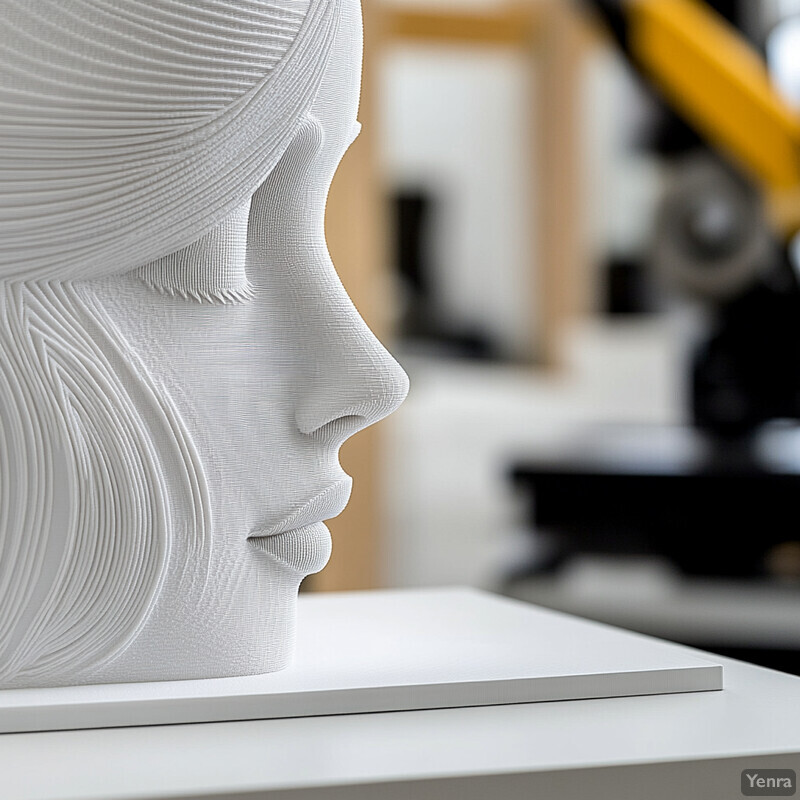
Recent surveys on deepfake detection note that replay-based continual learning is the predominant strategy for updates. Agrawal and Haneef (2024) review methods for continual learning in this domain and report that most rely on storing a limited set of previous examples and replaying them during each new training round. They also highlight that such techniques effectively mitigate catastrophic forgetting, allowing a model to retain performance on older types of deepfakes while learning new ones. Although concrete case studies are still emerging, these insights suggest that maintaining a dynamic training pipeline is key for keeping detectors current.
13. Interoperable Toolkits and Standardized Benchmarks
To ensure fair comparison and reproducibility, developers are building shared toolkits and benchmarks. Open-source libraries provide unified pipelines where users can plug in new models or datasets. Similarly, standardized evaluation metrics and datasets enable consistent testing (e.g. protocols established in DFDC or FaceForensics). The goal is to move beyond isolated experiments by having common platforms that integrate many detectors and tasks. Such interoperability helps new methods be directly compared to existing ones under the same conditions. It also fosters collaboration, as researchers can contribute to and use community-maintained resources rather than reimplementing everything independently.

Major efforts have demonstrated the impact of benchmarking. Yan et al. (2023) released “DeepfakeBench,” the first unified framework that aggregates 15 state-of-the-art detection methods and 9 deepfake datasets under one platform. DeepfakeBench provides standard data loading, training, and evaluation tools, enabling direct performance comparisons. It highlights discrepancies between benchmarks and urges careful cross-validation. Similarly, Chandra et al. (2025) introduced an “in-the-wild” multimodal dataset and showed that detectors widely reported in literature saw their AUC scores drop by roughly 50% on this new real-world data. These examples underscore that standardized benchmarks are crucial for reliably assessing and improving deepfake detectors.
14. Distributed and Federated Learning Approaches
Federated and distributed learning enable training detectors across multiple devices or organizations without centralizing all data. In this setup, local models are trained on edge devices (e.g. phones or cameras) and only model updates are sent to a central server. This preserves privacy (raw videos stay local) and allows collaboration across data silos. For example, many smartphones or cameras could cooperatively improve a global deepfake model. Some systems also use blockchain to ensure that shared model updates are tamper-proof. In practice, federated learning makes it feasible to leverage diverse data sources (like surveillance networks) while respecting privacy constraints.
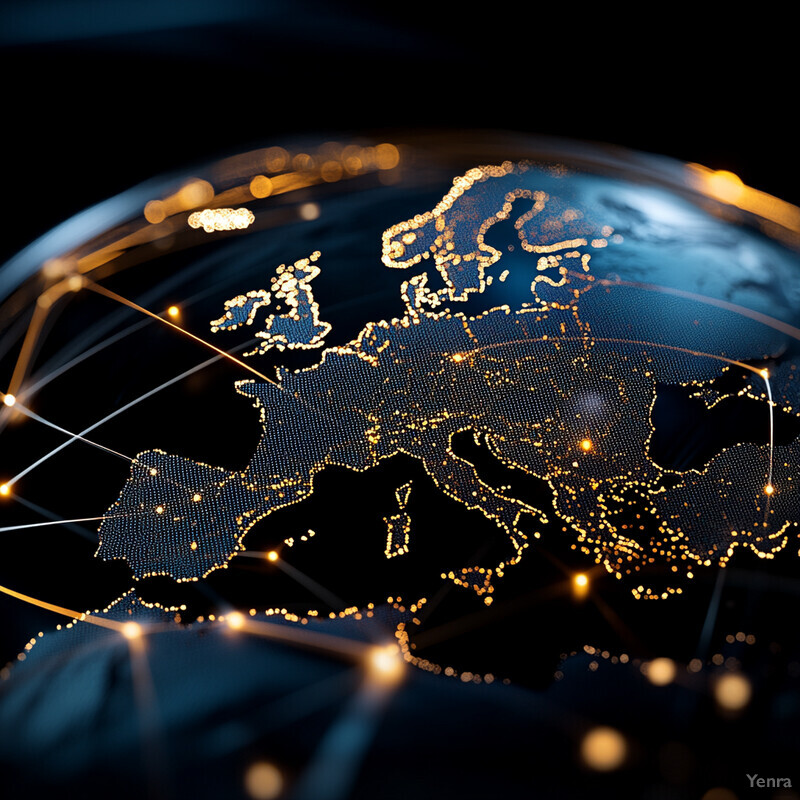
These methods are being put into practice. Ha et al. (2025) proposed “FL-TENB4,” a framework where each edge device runs a lightweight EfficientNet-B4 model on local video and uploads model gradients for aggregation. They found that this federated setup achieved real-time inference at the edge and effective global learning without sending raw data. Likewise, Akiash et al. (2024) developed a system combining federated learning with blockchain to protect user privacy and data authenticity. They emphasize that FL trains a collaborative model with contributions from many sources while blockchain logs ensure trust in the shared model updates. These examples show federated approaches can scale deepfake detection across distributed data sources securely.
15. Lightweight Edge Deployment
To operate on resource-limited devices, detectors are being made lightweight. This involves using compact model architectures, pruning, quantization, or multi-stage pipelines that run cheap checks first. The aim is to allow on-device analysis (e.g. on smartphones, drones, or CCTV cameras) with limited memory and compute. Such systems might use small CNNs or even conventional computer-vision features combined with small classifiers. The trade-off is often a slight drop in accuracy for huge gains in speed and energy efficiency. Lightweight deployment is crucial for applications like real-time authentication on mobile apps or local privacy-preserving scanning.

Researchers have validated several efficient designs. Yasir and Kim (2025) introduced a multi-feature fusion detector optimized for devices with limited resources. Their method combines simple visual features (e.g. edge patterns and keypoint descriptors) using classical classifiers, achieving competitive detection with minimal computation. This shows that carefully chosen lightweight features can substitute for heavy CNNs in some cases. Similarly, the FL-TENB4 example (Ha et al., 2025) used a “Tiny” EfficientNet variant suitable for on-edge inference. Overall, these works confirm that well-designed small models can deliver reasonable deepfake detection performance on edge platforms.
16. Meta-Learning Techniques
Meta-learning (“learning to learn”) approaches teach a detector how to quickly adapt to new deepfake tasks. For example, a meta-trained model may learn an initialization that fine-tunes effectively with very few labeled examples of a new fake type (few-shot learning). Some frameworks generate synthetic “task” data to train a model that can generalize across multiple manipulation styles. By focusing on adaptability, meta-learning can improve cross-domain generalization and robustness. This is particularly useful for rapidly evolving deepfakes: with meta-learned features, a detector can incorporate a few real-world examples of a new deepfake and remain effective without full retraining.
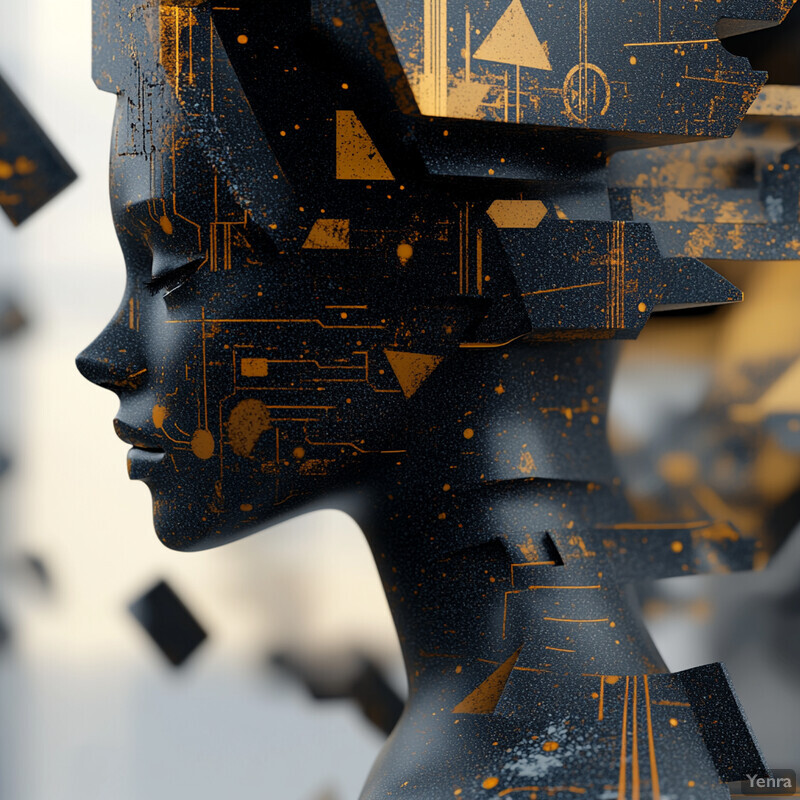
Promising results have been reported using adversarial meta-learning. Srivasthav and Subudhi (2024) proposed a hierarchical meta-learning framework that generates task-specific fake samples during training and uses consistency regularization. Their approach demonstrated strong generalization: in experiments across several datasets, the meta-trained model consistently outperformed baselines on unseen deepfake variations. In other work, relation-embedding meta-learning networks have been shown to achieve competitive accuracy with very few training examples (e.g. 1–5 shots per class) by effectively capturing similarities between samples. These studies indicate that meta-learning can significantly reduce the need for large labeled datasets when adapting to new deepfake domains.
17. Hybrid Human-AI Review Systems
In many systems, human experts work alongside AI detectors. The AI handles high-volume scanning and flags suspicious cases, while humans make final judgments on difficult or high-stakes content. This hybrid approach leverages the speed of AI and the intuition of humans. For example, an automated system might pre-screen online videos and then send uncertain cases to trained reviewers. Humans bring contextual understanding (e.g. recognizing a public figure’s authenticity) and can catch subtle cues AI might miss. Conversely, AI can quickly sift through large datasets. Combining them improves overall accuracy and trustworthiness, and helps provide explanations (AI points out anomalies, human validates them).
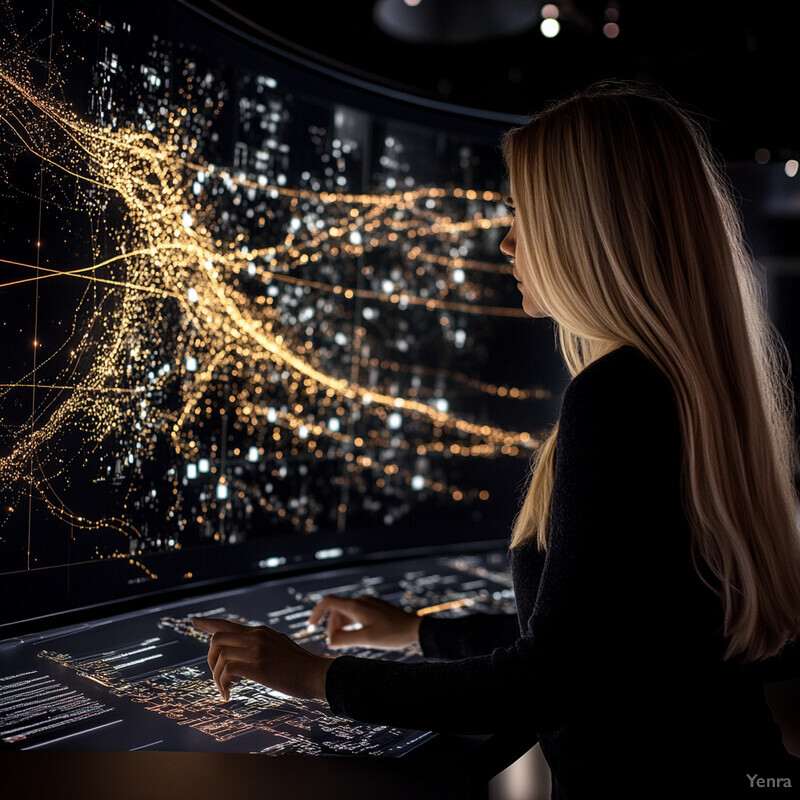
Studies show human and AI errors are often uncorrelated, supporting collaboration. A systematic review of human deepfake detection performance (Somoray et al., 2024) found that humans and AI focus on different cues in media. They report that human accuracy is highly variable and often below 70% on high-quality fakes, whereas AI models may excel on low-level artifacts. Importantly, the review notes that “humans and AI-based detection models focus on different aspects when detecting, suggesting a potential for human–AI collaboration”. In practice, content moderation platforms already use this synergy: AI filters extreme cases, and human fact-checkers review the rest. These findings suggest that hybrid systems can achieve higher overall reliability than either alone.
18. Open Research and Collaborative Projects
Open collaboration accelerates progress in deepfake detection. Academic groups, industry labs, and government agencies are sharing data and tools. Examples include open-source challenges, shared datasets, and consortia. These initiatives pool expertise and resources: for instance, international competitions bring together participants worldwide. Collaborative research projects (sometimes funded by agencies) also foster innovation through shared platforms. In practice, this means that instead of isolated efforts, the field benefits from joint benchmarking (as in Section 15), open competitions, and collective threat intelligence.
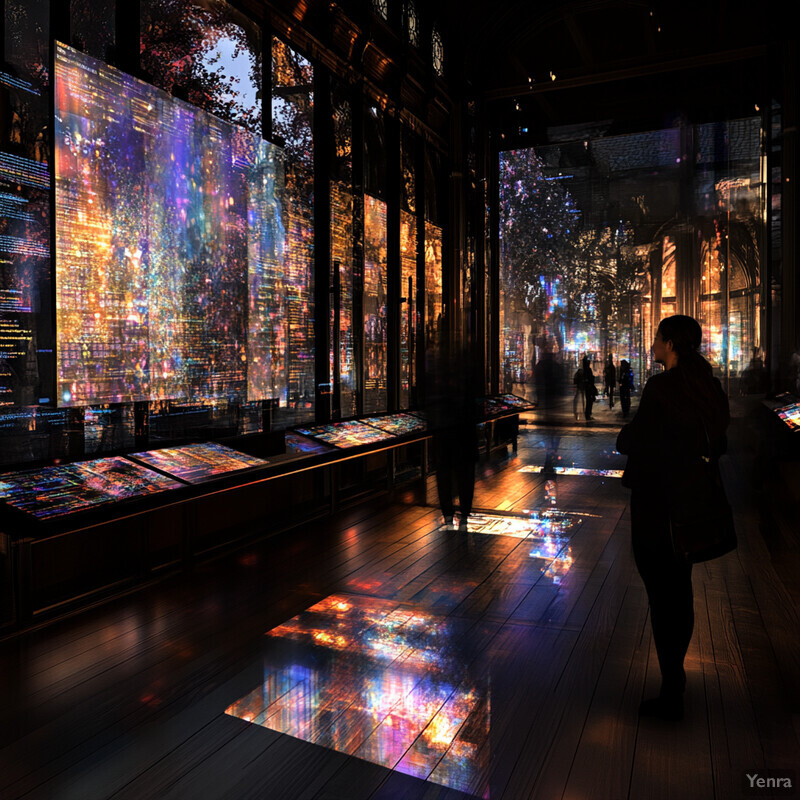
Several high-profile open efforts exemplify this collaboration. The Global Multimedia Deepfake Detection Challenge (2024) attracted over 2,200 participants from 26 countries in separate image and audio/video tracks, leading to state-of-the-art models being developed under realistic conditions. Government research agencies are also involved: DARPA’s Media Forensics (MediFor) and its successor SemaFor programs bring together academia and industry to advance forensic AI. For example, DARPA launched an open “AI Forensics” evaluation where researchers can test detection algorithms on public datasets in a competitive setting. These open projects provide valuable data and benchmarks and ensure that detection technologies evolve in step with new threats.